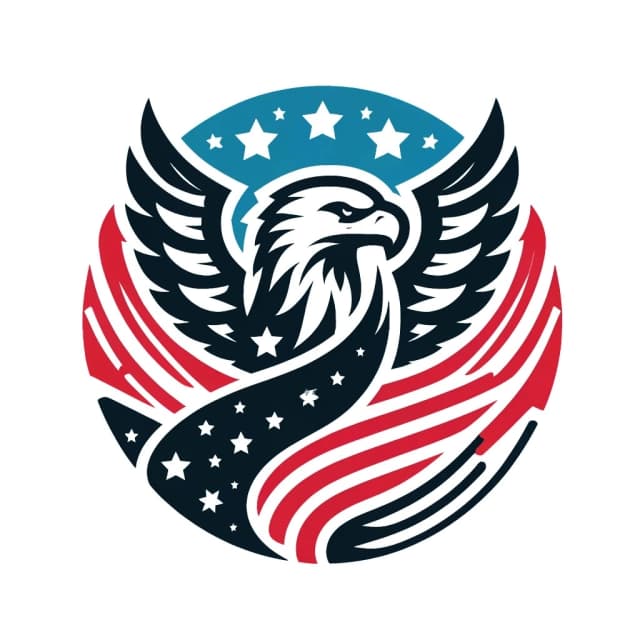- Published on
- Authors

- Name
- GovCon
Leveraging Technology for Contract Performance Monitoring
In today's fast-paced business environment, contract performance monitoring (CPM) has evolved from a tedious manual process into a sophisticated, technology-driven operation. Delving into the world of automated contract monitoring offers businesses strategic advantages, transforming how they manage agreements and ensure compliance.
The Evolution of Contract Performance Monitoring
Contract performance monitoring has come a long way from its paper-bound origins. Historically, businesses relied on manual oversight to ensure that contract terms were met. This process was not only time-consuming but also prone to human error.
Traditional CPM Challenges
- Manual Data Entry: Handling large volumes of data manually increased the likelihood of errors.
- Inconsistent Monitoring: Sporadic checks often missed key compliance metrics.
- Lack of Real-Time Updates: Delays in updating contract statuses could lead to significant disputes and financial losses.
Enter technology, and the CPM landscape is forever transformed.
Key Technologies Revolutionizing CPM
The adoption of advanced technologies has streamlined contract performance monitoring processes, offering as close to real-time oversight as possible. Here are some key innovations driving this transformation:
1. Artificial Intelligence (AI)
AI algorithms are redefining contract management by:
- Automated Data Extraction: AI tools can quickly parse through contracts to extract critical data points and ongoing obligations.
- Predictive Analytics: Using historical data, AI can predict potential compliance issues before they arise.
- Natural Language Processing (NLP): NLP helps in interpreting contract language, ensuring precise compliance and alerting users to deviations.
2. Blockchain Technology
Blockchain adds a layer of transparency and security to CPM:
- Immutable Records: Every change or update made to a contract on a blockchain is permanently recorded, eliminating concerns over data tampering.
- Smart Contracts: Automate contract execution by embedding contractual clauses directly into executable code, ensuring compliance is both instantaneous and indisputable.
3. Internet of Things (IoT)
IoT devices provide real-time data that enhances contract monitoring:
- Live Data Streams: Networked sensors provide constant updates about product deliveries, environmental conditions, and other relevant metrics.
- Automated Alerts: Instant notifications for deviations from specified parameters, enabling swift corrective measures.
4. Cloud Computing
The flexibility and scalability of cloud solutions are unprecedented:
- Centralized Data Access: All stakeholders can access contract data from anywhere, facilitating better collaboration.
- Scalable Resources: Easily accommodate increasing volumes of contract data without compromising on performance.
Real-World Applications
Several industries have successfully integrated these technologies to optimize their CPM.
Healthcare
Hospitals and clinics use AI and IoT to monitor supplier contracts and ensure the timely delivery of medical supplies. Predictive analytics help anticipate shortages before they impact patient care.
Construction
Blockchain and smart contracts manage project timelines and budgetary allocations. This ensures compliance with agreed-upon milestones, reducing delays and cost overruns.
Finance
Banks leverage cloud-based CPM systems to oversee loan agreements. Blockchain provides a transparent ledger for loan terms and conditions, enhancing trust among all parties involved.
Future Trends and Innovations
As we look ahead, the intersection of emerging technologies holds promise for even more sophisticated solutions in CPM.
Machine Learning (ML) Enhancements
Continuous learning algorithms will provide deeper insights into contract performance trends, enabling preemptive compliance measures.
Enhanced User Interfaces
Augmented Reality (AR) and Virtual Reality (VR) might offer immersive and interactive contract management dashboards, making it easier for managers to oversee contract performance in a visually intuitive manner.
Greater Integration Capabilities
Interoperability between various tech stacks will allow seamless data flow, providing comprehensive oversight across multiple systems.
Conclusion
The integration of technology in contract performance monitoring is not just a trend; it’s a transformative shift. The benefits of AI, blockchain, IoT, and cloud computing are being realized across industries, leading to unprecedented levels of efficiency and accuracy. As these technologies continue to evolve, their impact on CPM will only grow, promising a future where contract compliance is not just monitored but ensured with digital precision.
Stay tuned, because the future of contract management is here, and it's nothing short of revolutionary!
If you found this article insightful, be sure to subscribe for more tech and innovation updates. Let's embrace the future of contract performance monitoring together! 🚀
